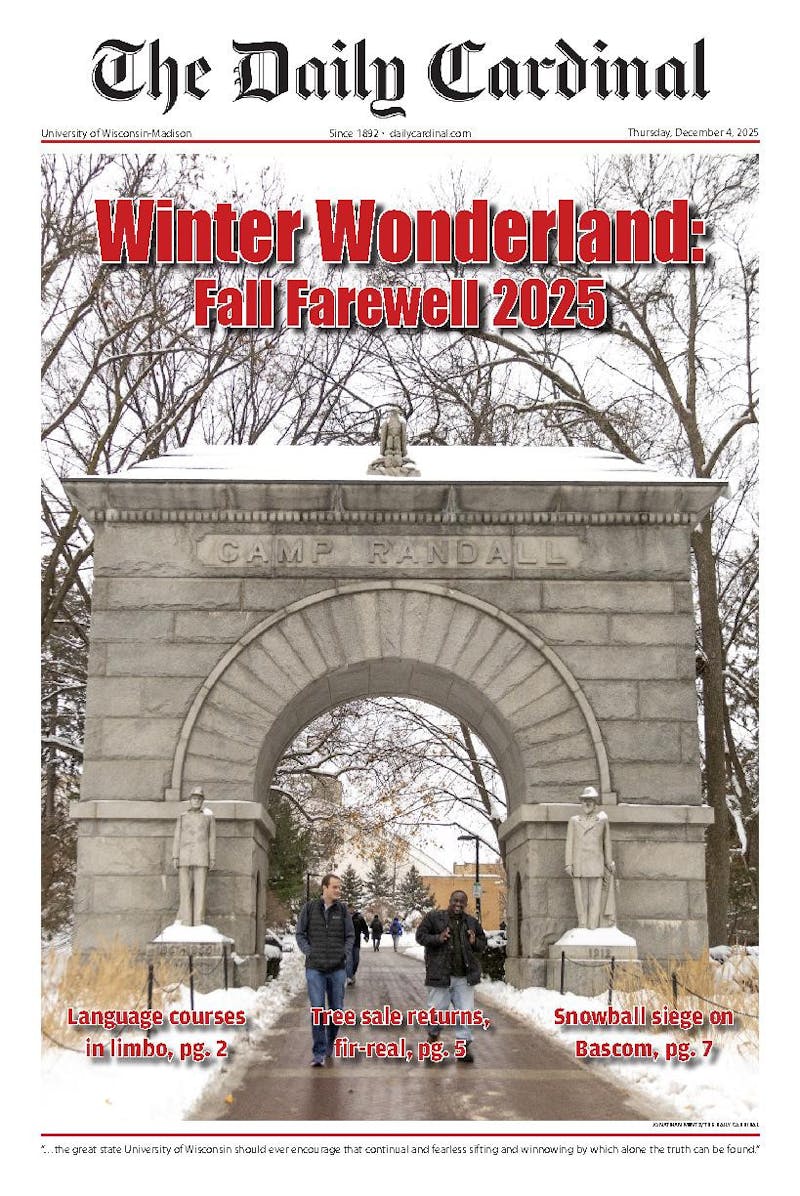We need to let things be. Not every person we meet is meant to set off fireworks from the start. Not everything needs to click instantly or rush into intensity.
Somewhere along the way, we as a society started believing that real connection has to feel electric: fast, urgent and overwhelming. If it doesn’t, we think it’s wrong. We equate slow beginnings with failure, spiral when someone doesn’t reply fast enough and overanalyze when a new connection doesn’t escalate overnight. We chase sparks, and when the sparks fade, we blame the other person or ourselves.
However, most high-intensity relationships burn out just as quickly as they begin. They leave us exhausted and yearning for something steadier and more sustainable. It’s because we have wired ourselves to crave constant stimulation. We want quick answers, fast attachment and instant intimacy. However, genuine relationships are meant to be a slow, steady thing. They take time, space and quiet.
The slow burn matters. It’s in the quality time where you actually learn who someone truly is — not the version they present when everything’s new and exciting, but the real one. You see how they change over time and how they treat others when no one is watching. It’s how they react when things aren’t easy that matters. You notice patterns, habits and quirks. It reveals how they grow and how you evolve alongside them.
If you really think about it, nobody would want something immediate. You want to be understood, not just claimed. You want to feel safe, not just pursued. And that kind of trust? It builds slowly.
Of course, there’s a flip side to this narrative. Some argue that the slow-burn ideal can go too far. For example, the newsletter “We Met At Acme” points out that while a slow burn can give time for growth, it can also lead to “wasting time with the wrong person,” confusing emotional uncertainty for depth or mistaking hesitation for emotional maturity. In other words, not every slow start turns into something meaningful.
These objections are valid. A slow pace is no guarantee of compatibility. If you’re dragging things out to avoid risk, or telling yourself “they’ll come around” when real attraction is missing, the slow burn can become a form of self-sabotage. As “Women’s Health” reminds readers, a healthy slow burn still needs movement and curiosity: it’s not about stalling, but about building intentionally.
So how do we find that balance between wasting time and rushing in? It starts with intention. Ask yourself: are you moving slowly because you’re avoiding vulnerability, or because you’re giving space for something to authentically grow? Are you genuinely curious about who they are or just hoping the spark will eventually appear? Healthy slow burns still require openness and emotional risk, just at a pace that respects your boundaries.
This goes beyond romantic relationships — it’s about friendships, colleagues, classmates and more. A slow burn encourages self-awareness and emotional health. It teaches patience, empathy and the value of trust. You learn to manage your expectations and to invest in understanding rather than instant gratification. When you build this way, the bond lasts because it’s rooted in reality, not adrenaline.
The slow burn lets the roots grow deeper. It’s what holds everything steady. No spark can replace compatibility. No rush can replace time.






